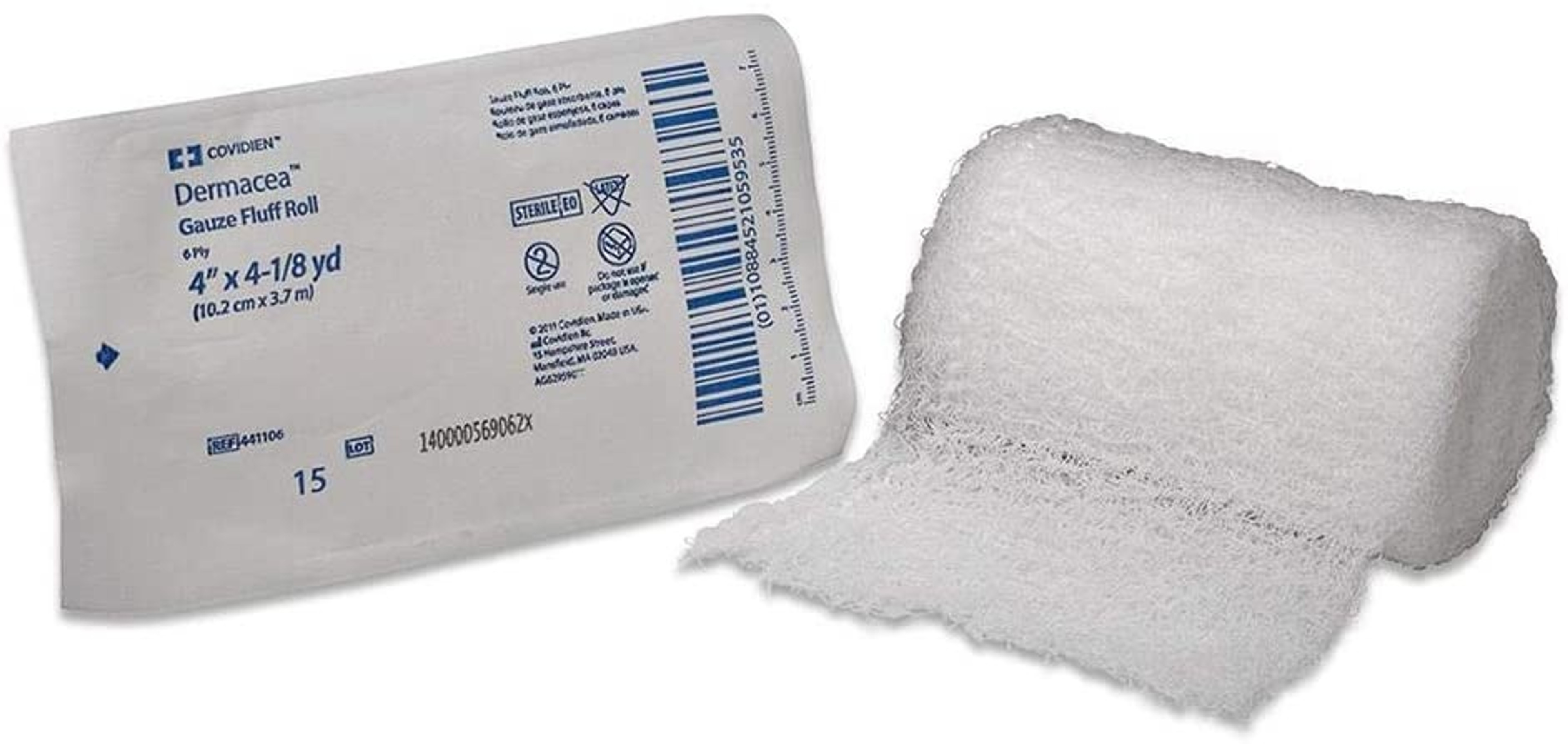
Cardinal Health Dermacea Gauze Fluff Roll, Sterile, 4-1/8" X 4yds 4 inches x 4-1/8 yards - 1 Each
Arrives Tue, Dec 16 - Wed, Dec 17

Arrives Tue, Dec 16 - Wed, Dec 17

Arrives Tue, Dec 16 - Wed, Dec 17
FSA & HSA eligible
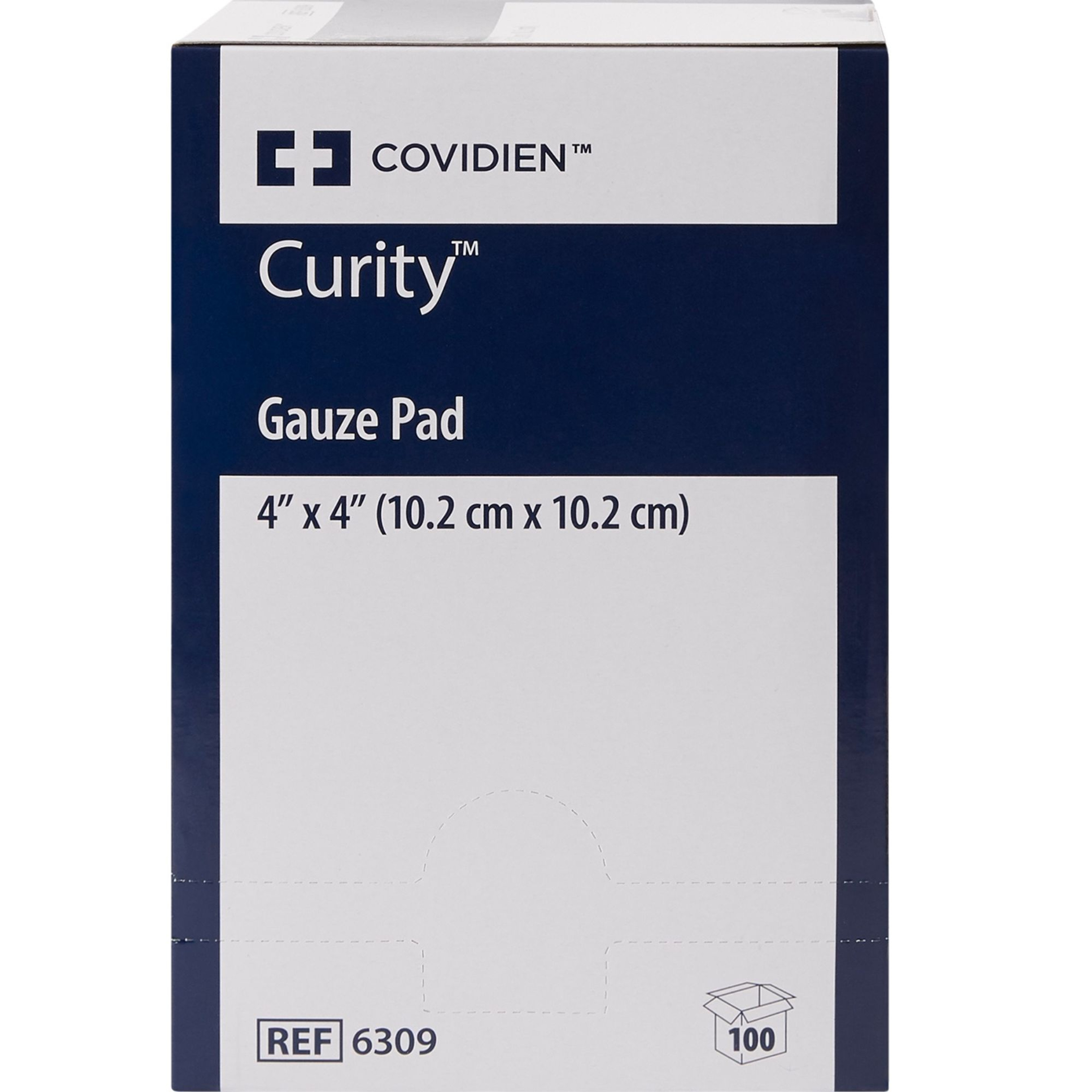
Arrives Tue, Dec 16 - Wed, Dec 17
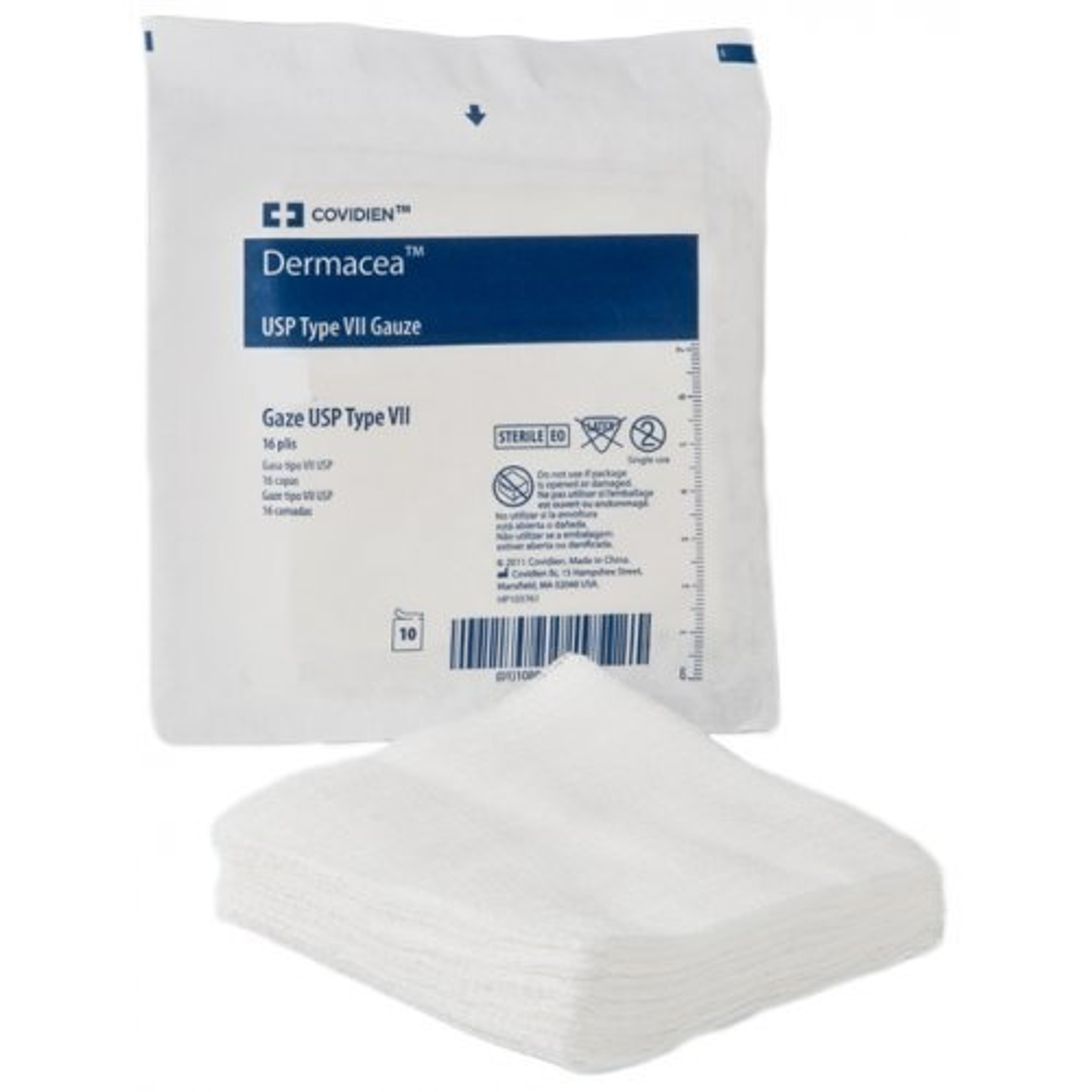
Arrives Tue, Dec 16 - Wed, Dec 17

Arrives Tue, Dec 16 - Wed, Dec 17
FSA & HSA eligible

Arrives Tue, Dec 16 - Wed, Dec 17
FSA & HSA eligible

Arrives Tue, Dec 16 - Wed, Dec 17
FSA & HSA eligible

Arrives Tue, Dec 16 - Wed, Dec 17
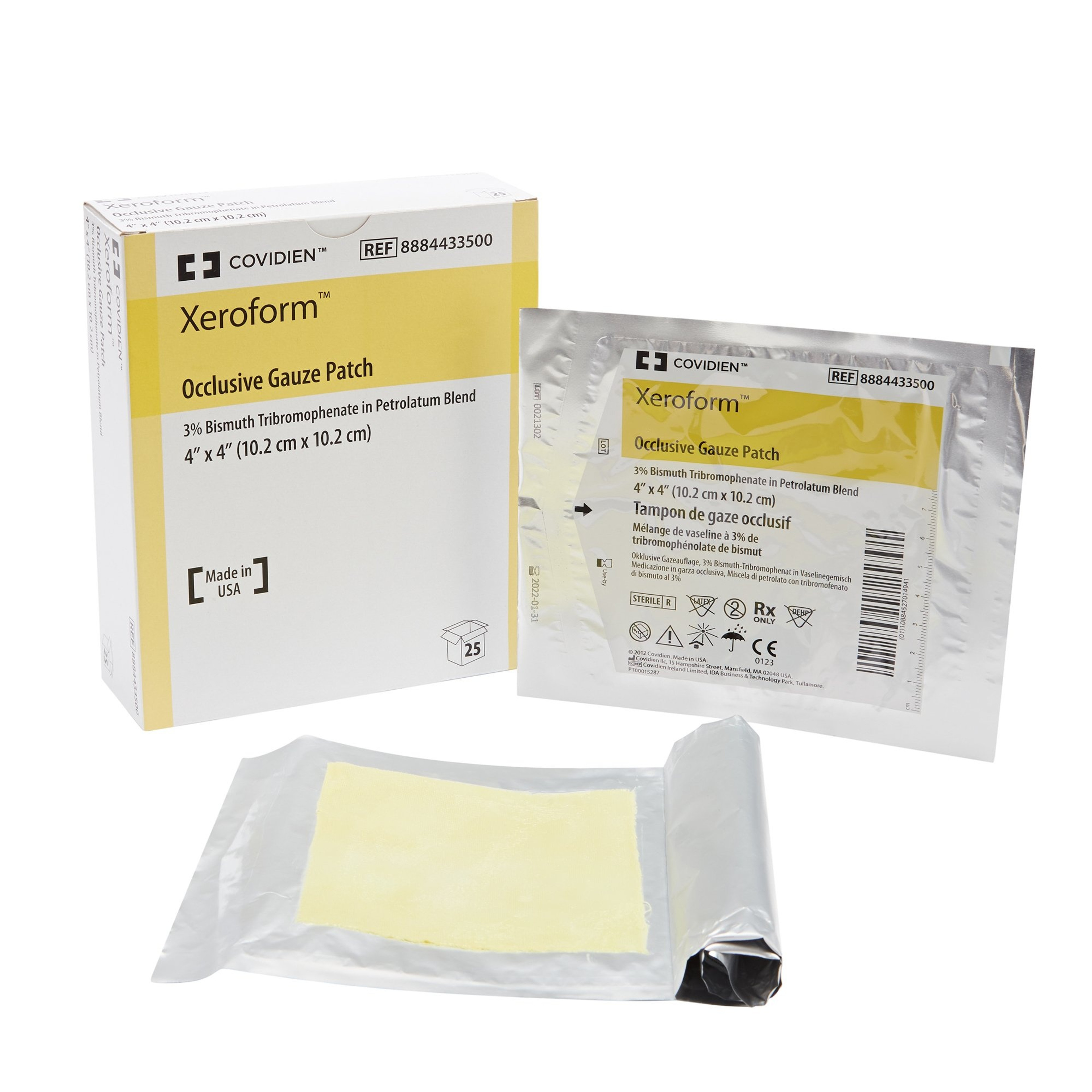
Arrives Tue, Dec 16 - Wed, Dec 17
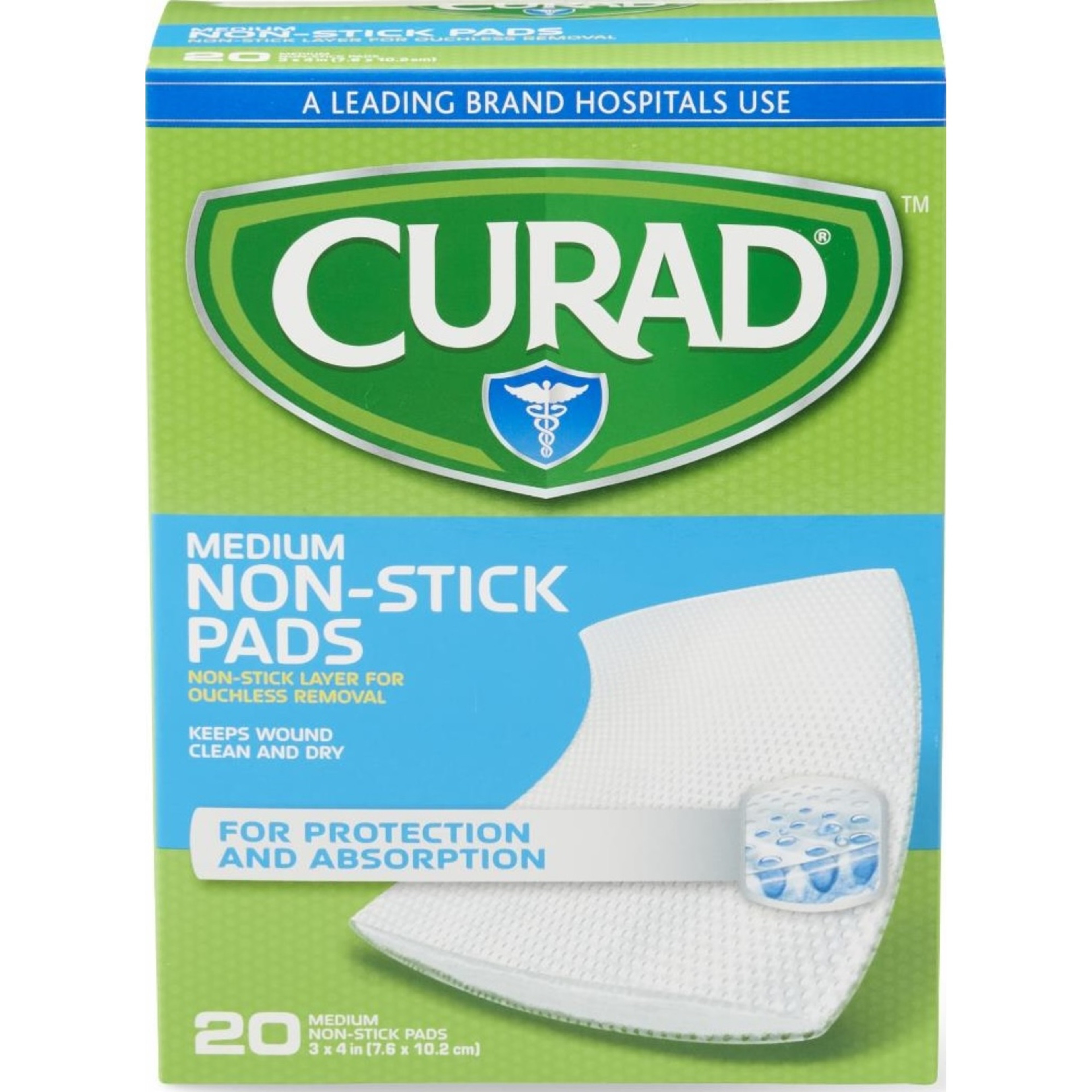
Arrives Tue, Dec 16 - Wed, Dec 17
FSA & HSA eligible
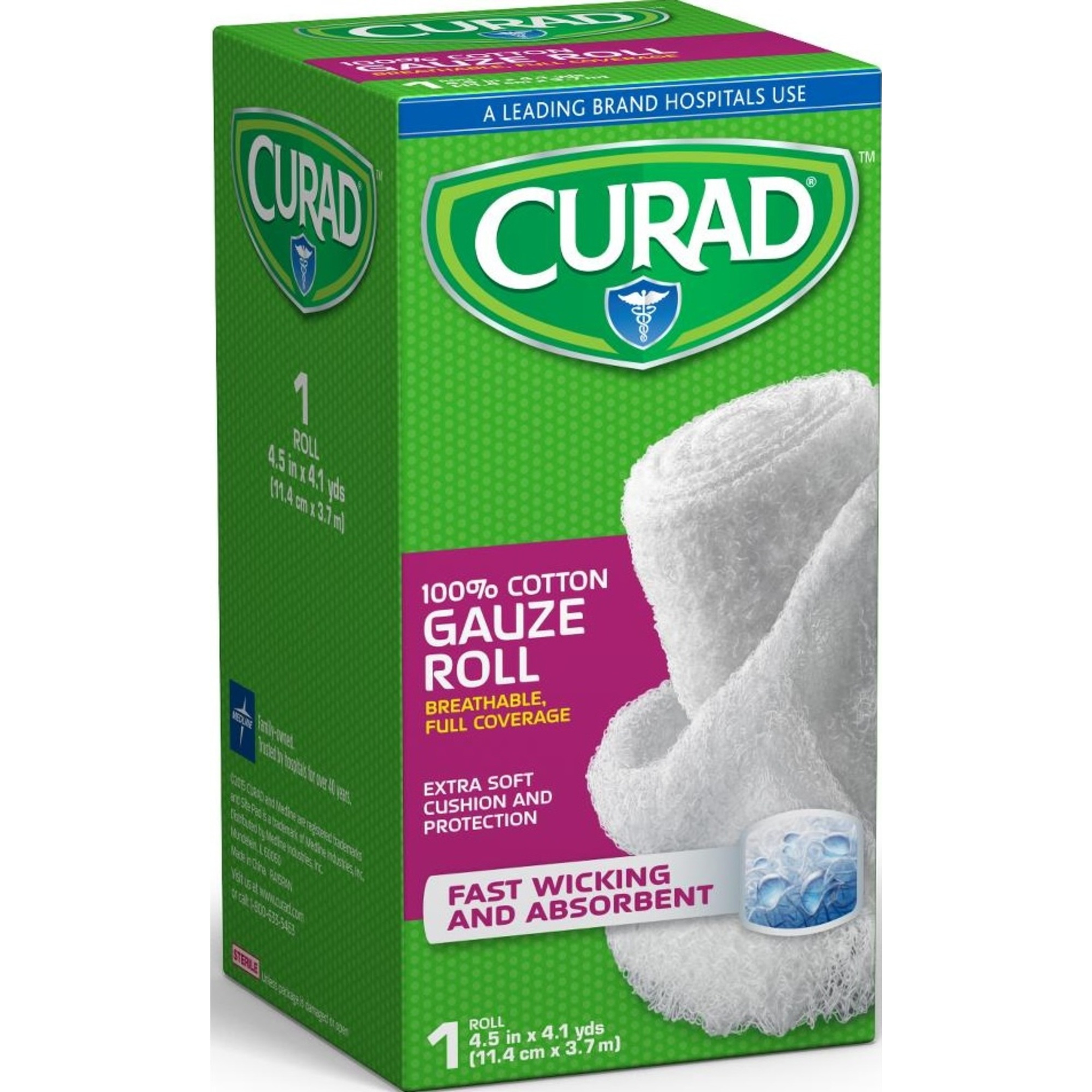
Arrives Tue, Dec 16 - Wed, Dec 17
FSA & HSA eligible
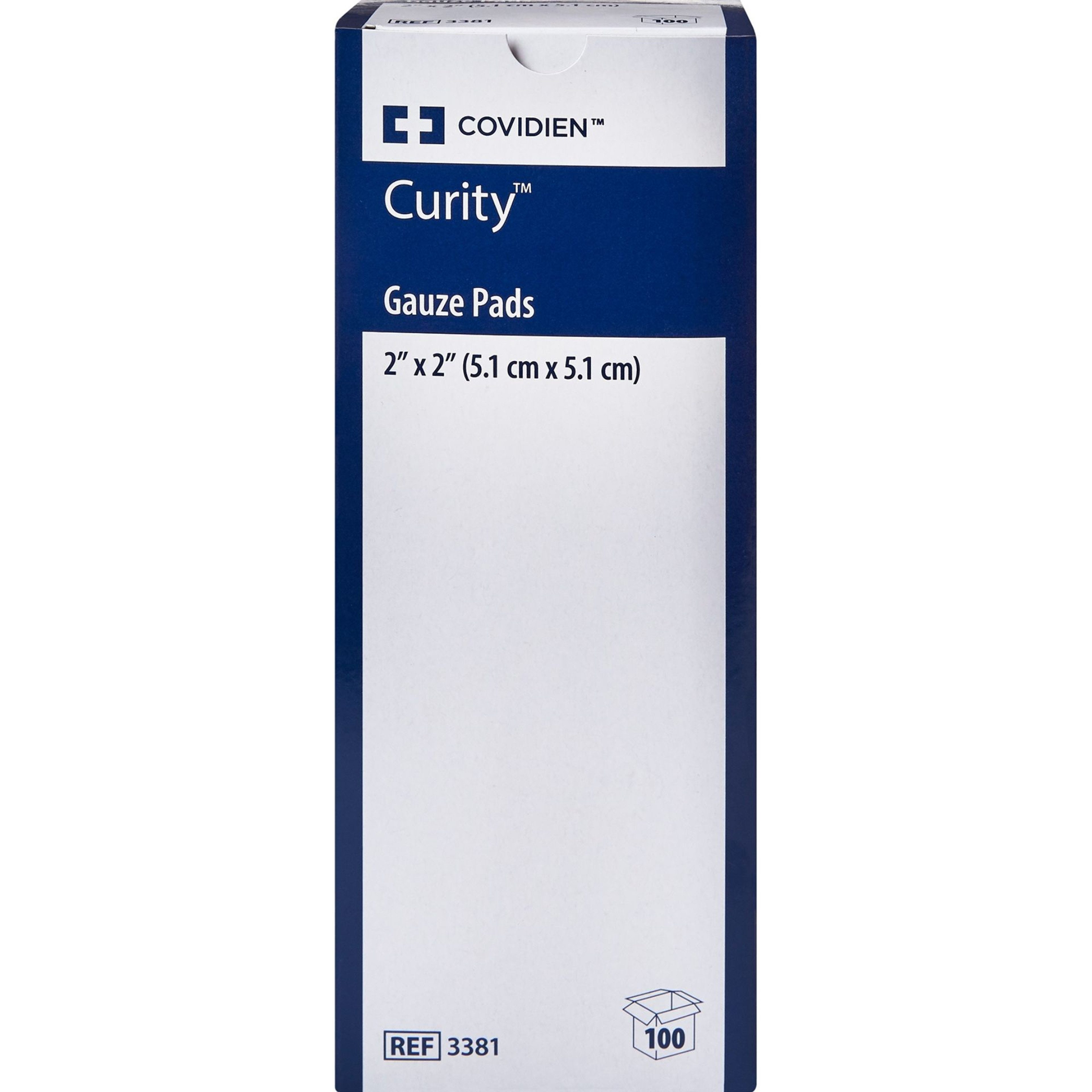
Arrives Tue, Dec 16 - Wed, Dec 17
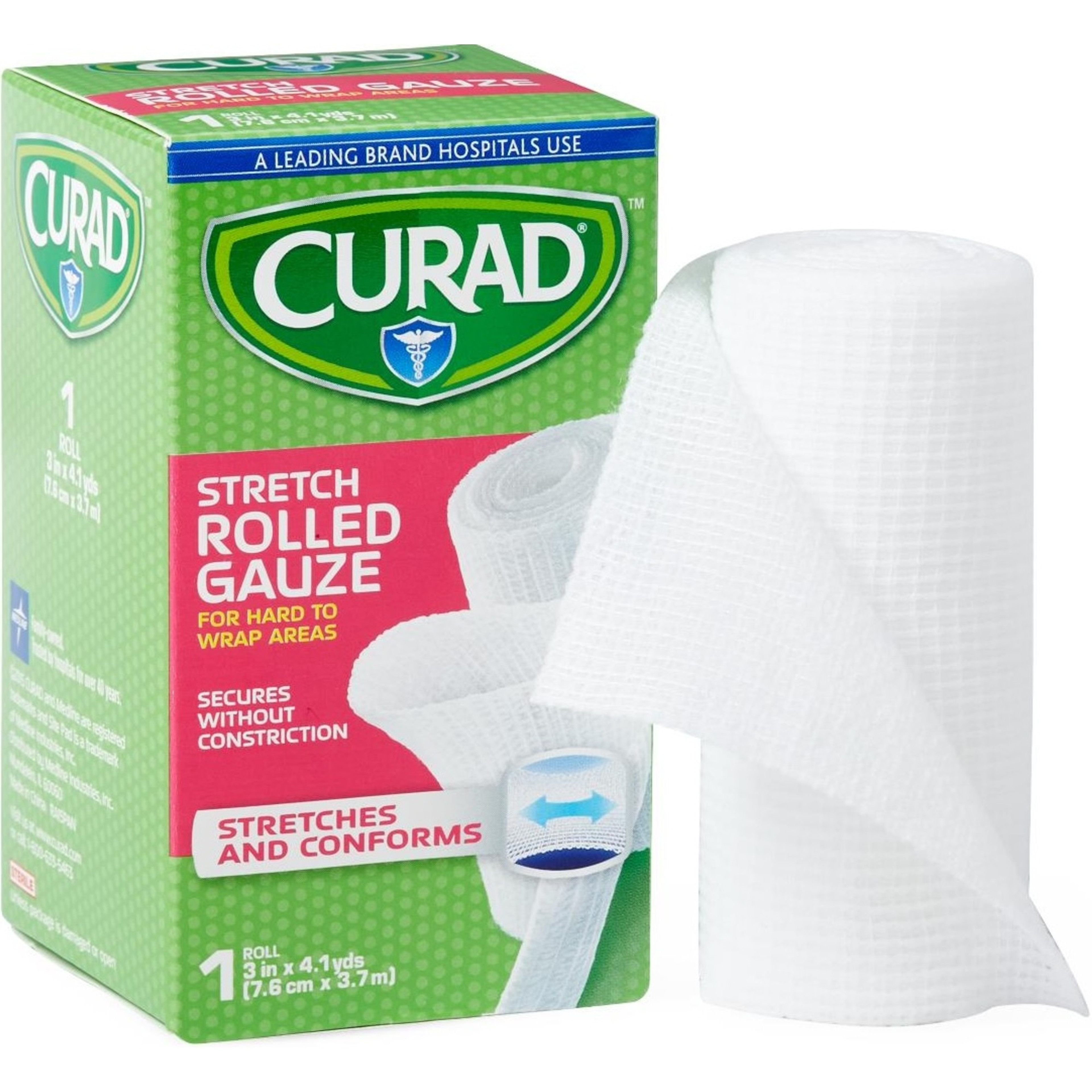
Arrives Tue, Dec 16 - Wed, Dec 17
FSA & HSA eligible
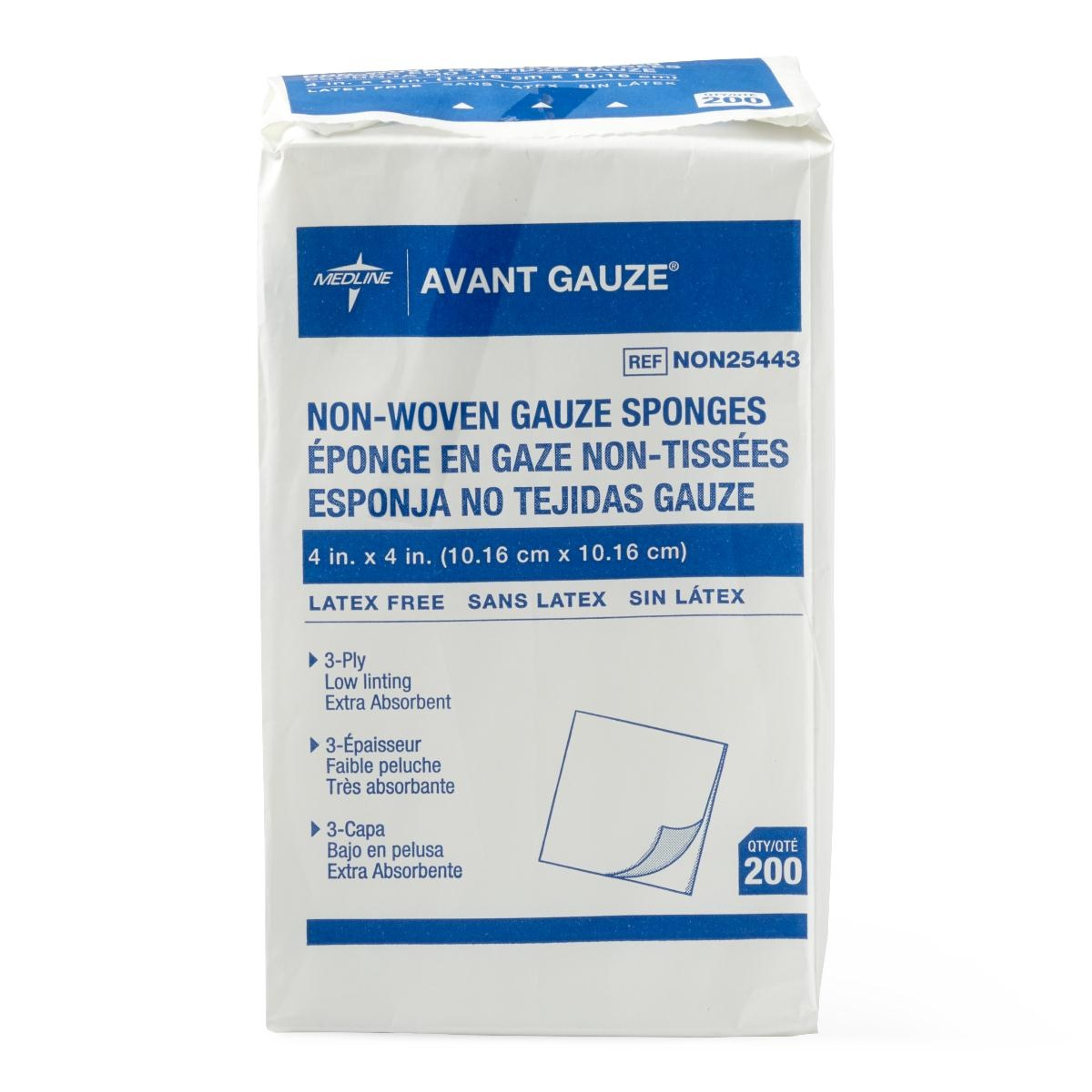
Arrives Tue, Dec 16 - Wed, Dec 17
FSA & HSA eligible
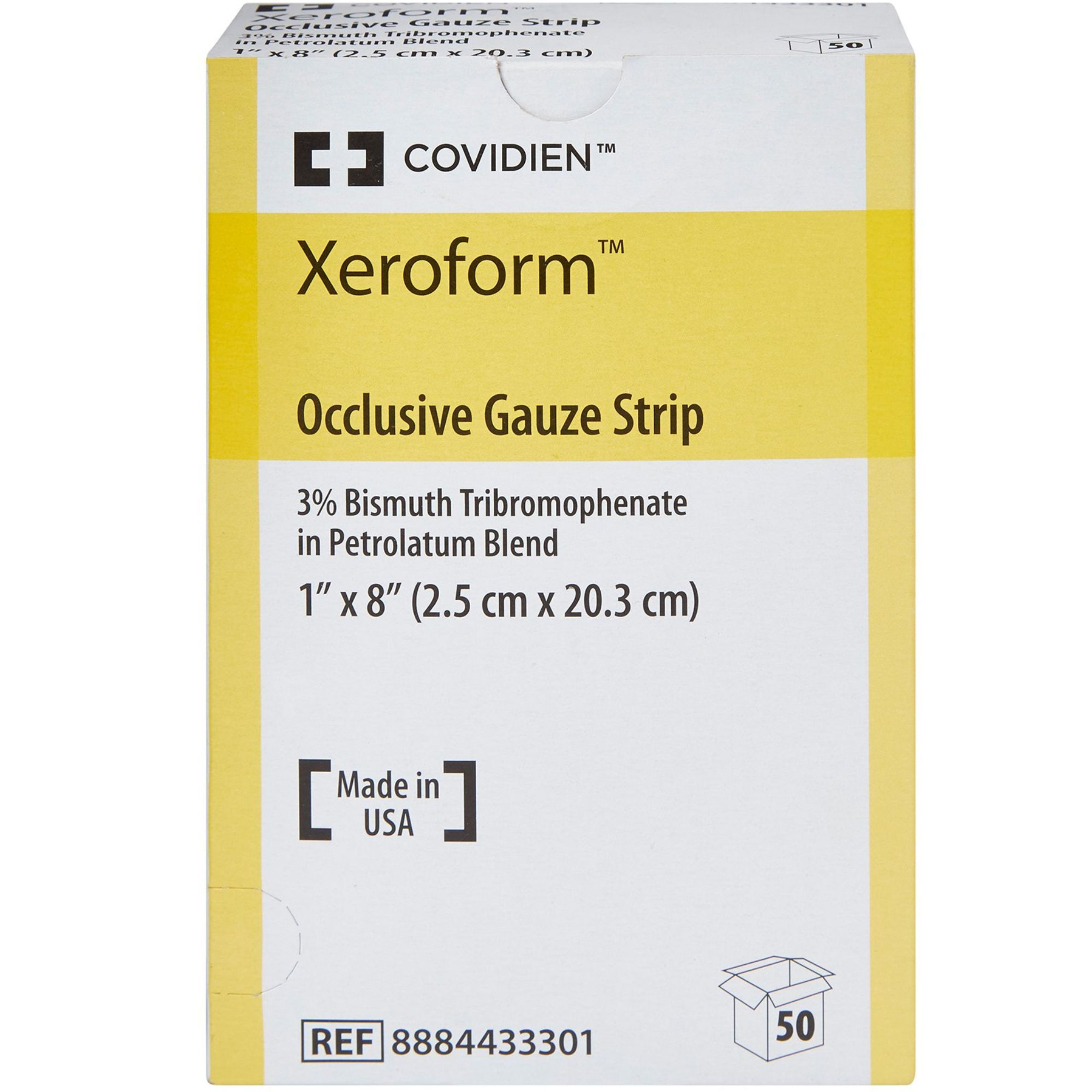
Arrives Tue, Dec 16 - Wed, Dec 17
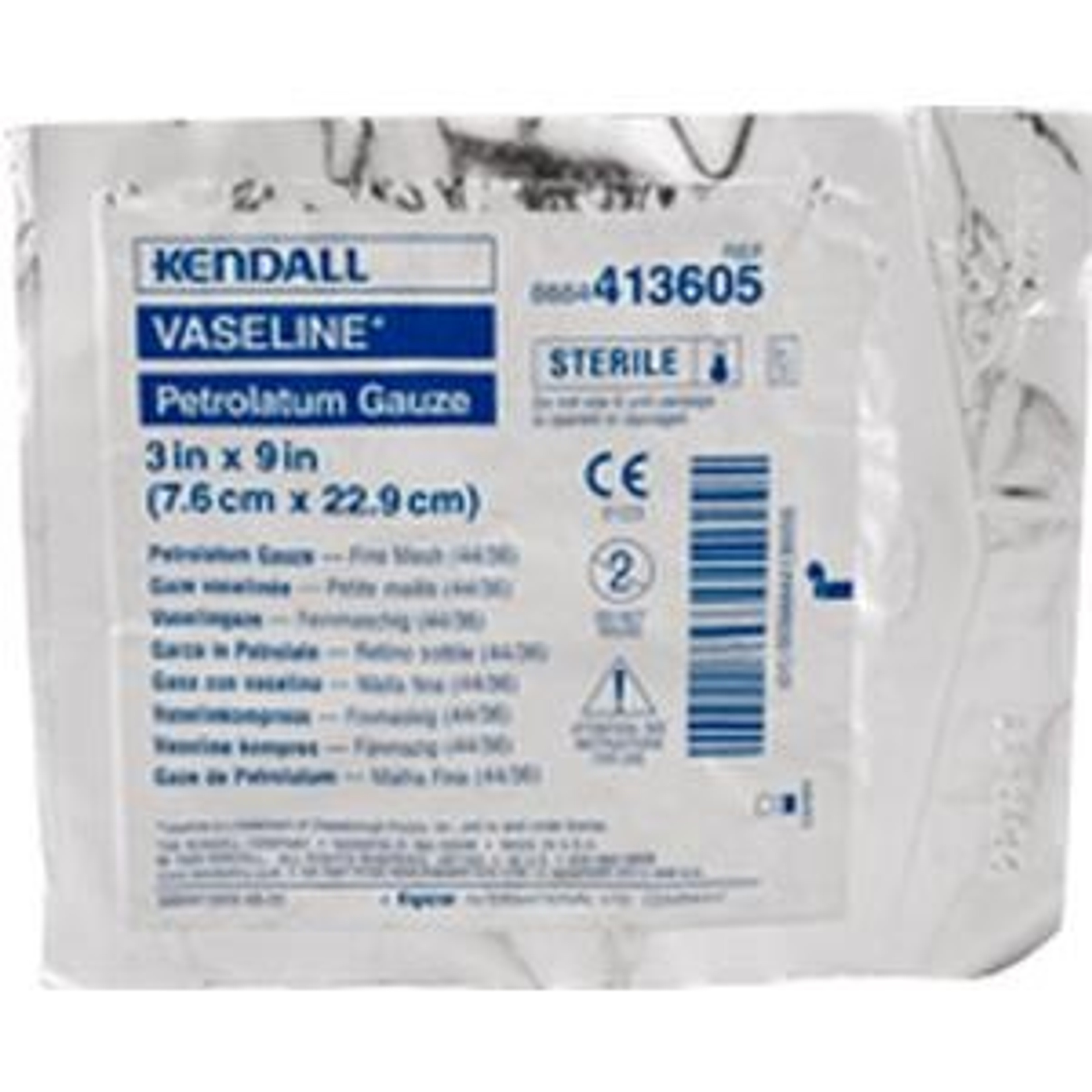
Arrives Tue, Dec 16 - Wed, Dec 17

Arrives Tue, Dec 16 - Wed, Dec 17
FSA & HSA eligible
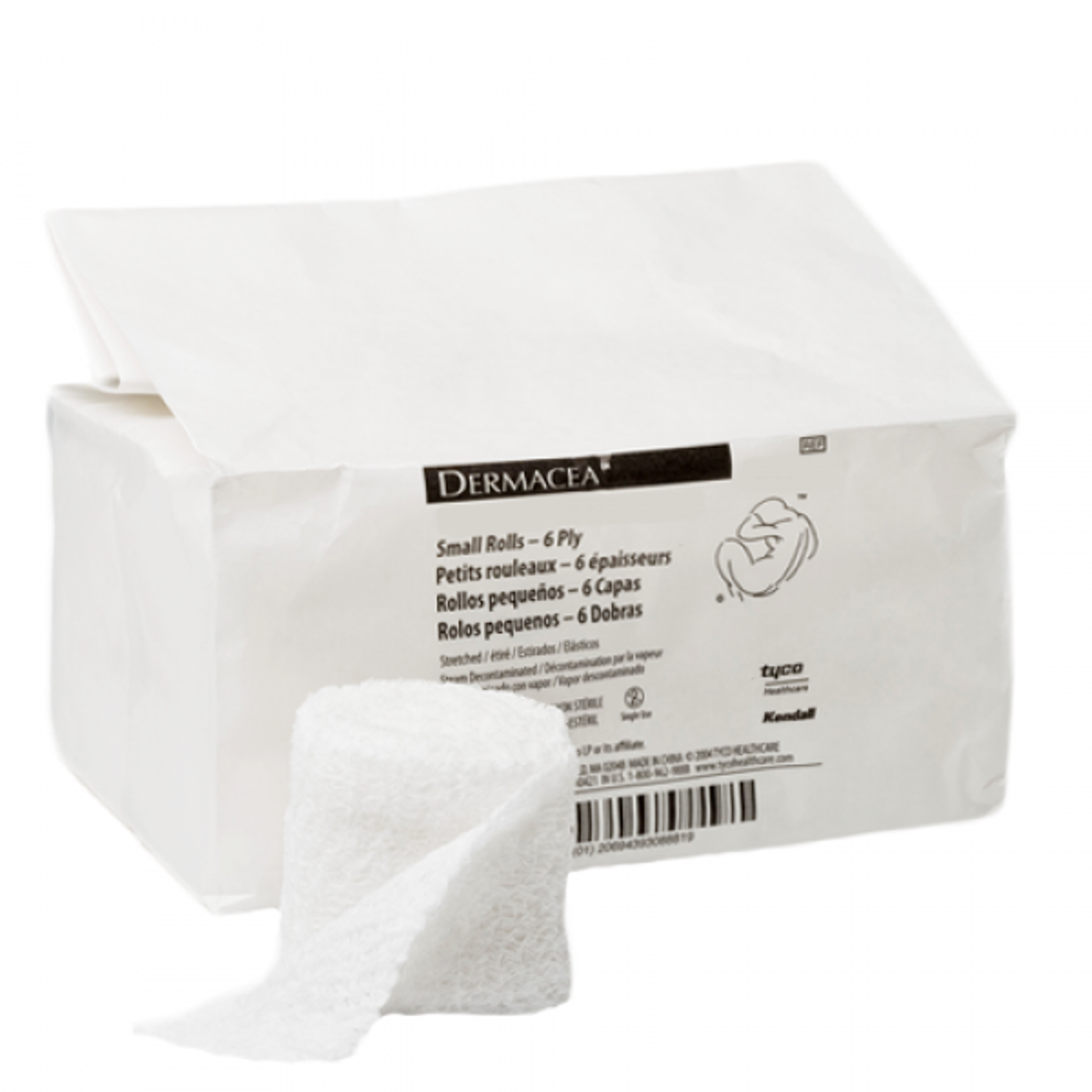
Arrives Tue, Dec 16 - Wed, Dec 17
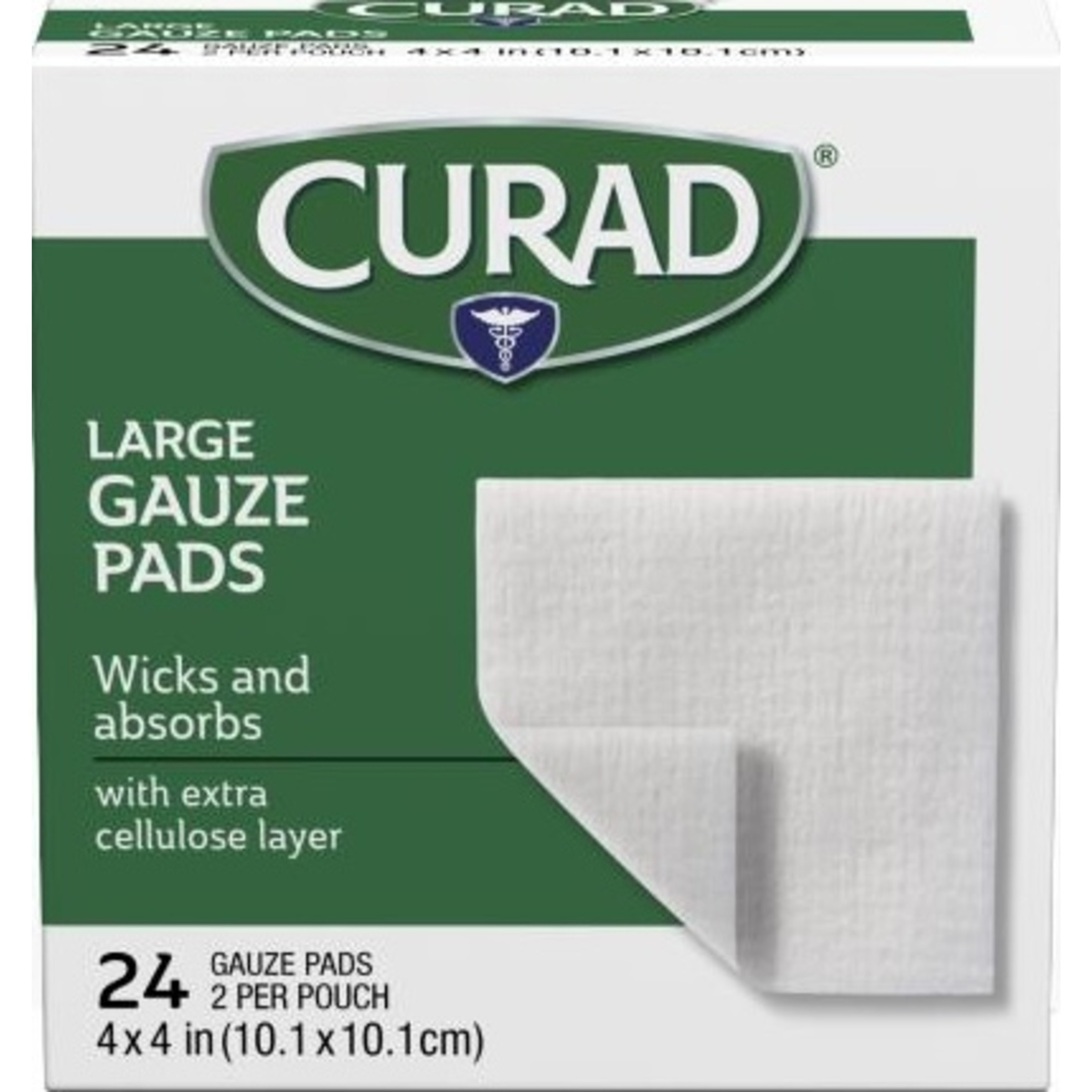
Arrives Tue, Dec 16 - Wed, Dec 17
FSA & HSA eligible
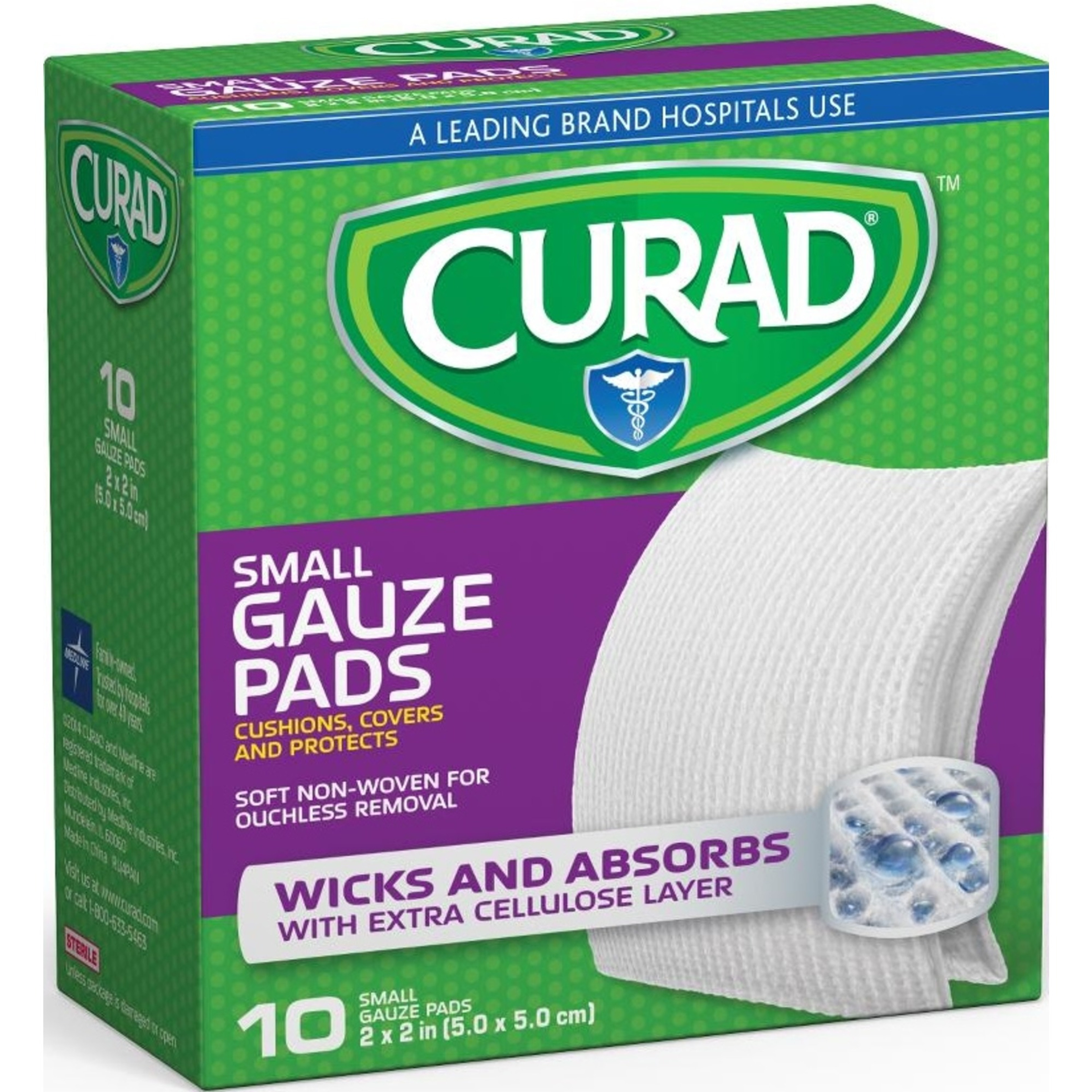
Arrives Tue, Dec 16 - Wed, Dec 17
FSA & HSA eligible
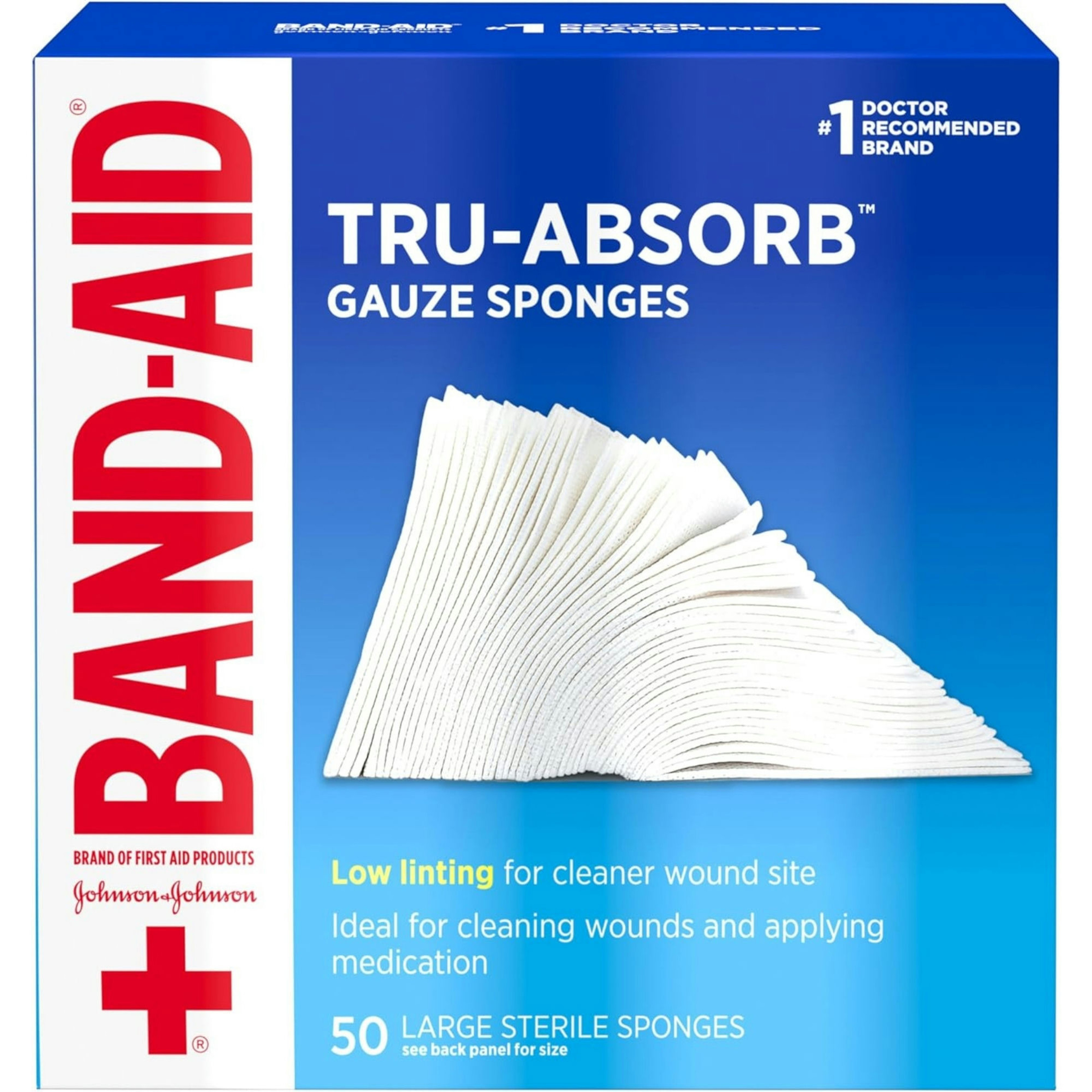
Arrives Tue, Dec 16 - Wed, Dec 17
FSA & HSA eligible

Arrives Tue, Dec 16 - Wed, Dec 17
FSA & HSA eligible
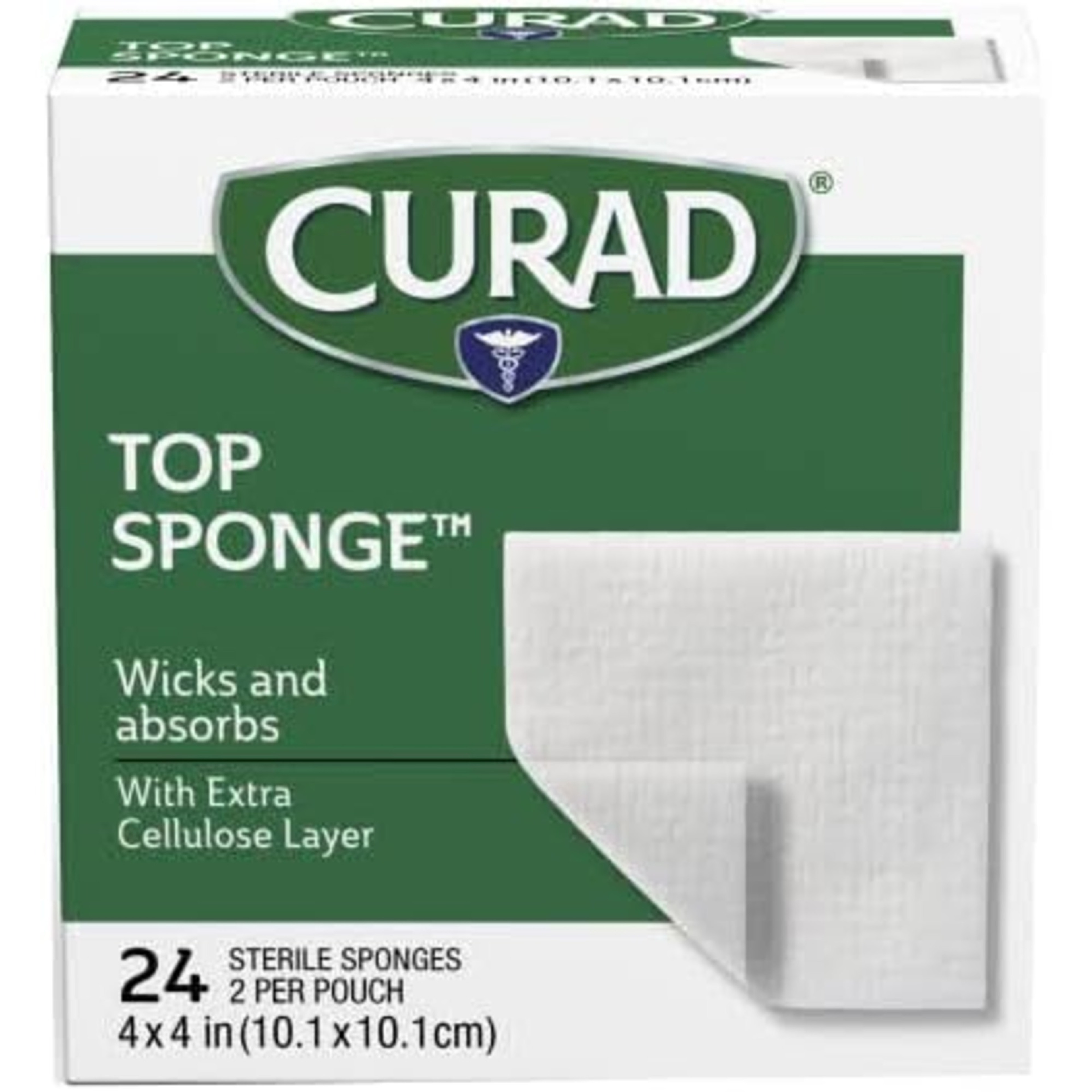
Arrives Tue, Dec 16 - Wed, Dec 17
FSA & HSA eligible
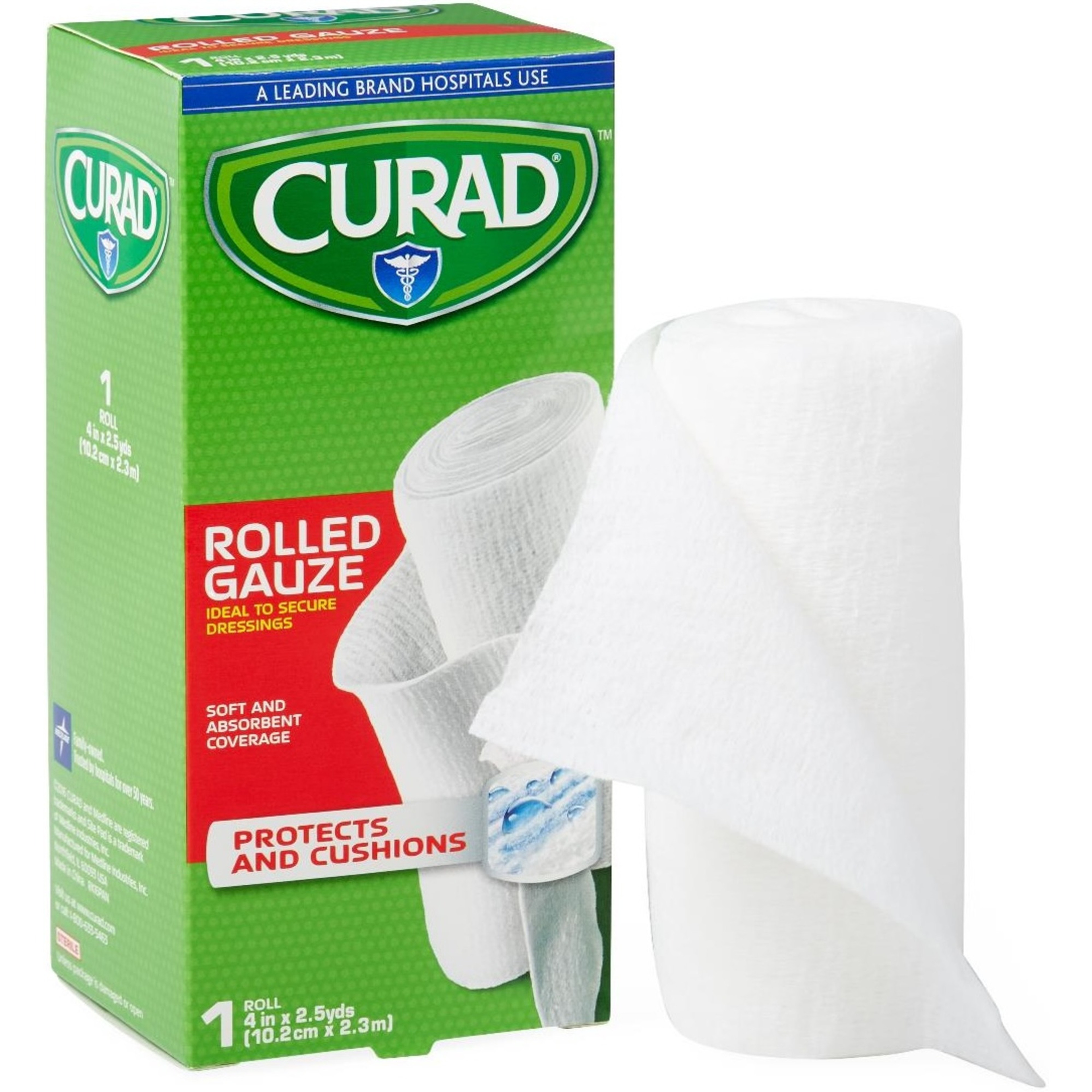
Arrives Tue, Dec 16 - Wed, Dec 17
FSA & HSA eligible
Bladder pads and bowel pads are essential tools for managing light to moderate incontinence. Bladder pads (also called incontinence pads or liners) are discreet, absorbent inserts that offer protection against urinary leaks during everyday activities like laughing, sneezing, or exercising. Bowel pads are specially designed to contain fecal incontinence, offering reliable protection and peace of mind. Both options are great for those looking for lightweight solutions that can be worn inside underwear or mesh pants.
When selecting the right incontinence pad, consider absorbency level—light pads for occasional leaks, moderate for more frequent voids, and overnight options for extended wear. Next, think about anatomy: while male guards offer front-focused absorbency, incontinence pads for women are often designed to contour to the female form.
Carewell carries top-rated incontinence brands like like Tena, Attends, and Prevail; available in a range of styles to match your needs. Plus, many of our items are eligible for HSA/FSA funds, making it easier to get what you need without added stress.
Shop incontinence pads online at Carewell for fast, discreet delivery and reliable protection you can trust. Need help choosing the right product? Our friendly Care Team is available at (800) 696-CARE.